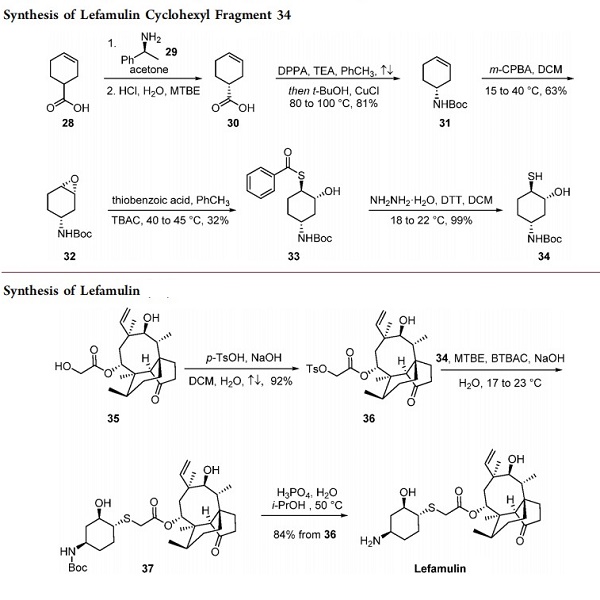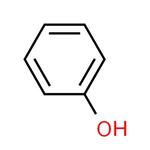The discussion on the polarity of phenol
Jan 5,2024
Define
Polar compounds are chemical compounds that are held together by polar covalent bonds. The term' polar compound' can be defined as a chemical species consisting of two or more atoms held together by polar covalent bonds due to the unequal sharing of electrons. When two atoms are bound together via a covalent bond, the differences in the electronegativities of the bonded atoms may cause the bond pair of electrons to shift closer to the more electronegative atom. This results in the accumulation of a partial positive charge at the location of the more electropositive atom and a partial negative charge at the location of the more electronegative atom.
To determine if a molecule is polar or nonpolar, it is frequently helpful to look at Lewis structures. Nonpolar compounds will be symmetric, meaning all sides around the central atom are identical - bonded to the same element with no unshared pairs of electrons. Polar molecules are asymmetric, either containing lone pairs of electrons on a central atom or having atoms with different electronegativities bonded. This works pretty well if you can visualize the molecular geometry. The molecular geometry must also be considered for molecules with more than two atoms when determining if the molecule is polar or nonpolar.
To summarize, to be polar, a molecule must:
Contain at least one polar covalent bond.
Have a molecular structure such that the sum of the vectors of each bond dipole moment does not cancel.
For Phenol:
In Phenol, the OH group is present on the benzene ring. The oxygen atom in the hydroxyl group is more electronegative than the hydrogen atoms, creating a polar covalent bond. With 2.1 for hydrogen and 3.5 for oxygen, the electronegativity difference is 1.4. ;The sharing of electrons between O and H is unequal, with the electrons more strongly drawn towards O. This results in an overall polar molecule.
In addition, the hybridization of oxygen in Phenol is sp3 as it has two sigma bonds and two lone pairs. For sp3 hybridization, the molecule should possess a tetrahedral structure. However, the presence of lone pairs results in the molecule's bent structure. So, the molecular geometry of the oxygen in Phenol is bent(linear).
Hence, Phenol is polar.
- Related articles
- Related Qustion
- Phenol Sulfuric Acid Method Nov 17, 2022
The passage introduces the phenol sulfuric acid method.
- General synthesis of phenols Nov 6, 2019
Phenols are similar to alcohols but form stronger hydrogen bonds. Thus, they are more soluble in water than are alcohols and have higher boiling points. Phenols occur either as colourless liquids or white solids at room temperature and may
- What are the Medical and Health Uses for Phenol? Nov 6, 2019
Phenol is a type of organic compound. While toxic to consume on its own, it’s available in tiny doses in many household products like mouthwash and spray cleaners.In its pure form, it may be colorless or white. It has a mildly sugary scent
Supplementation with pyridoxal 5'-phosphate monohydrate can synthesize neurotransmitters such as dopamine and serotonin, maintaining a healthy nervous system.....
Nov 4,2025Biochemical EngineeringLefamulin, a semisynthetic pleuromutilin antibiotic, has been approved by the FDA for IV and oral treatment of community-acquired bacterial pneumonia (CABP) in adults.....
Jan 5,2024API







